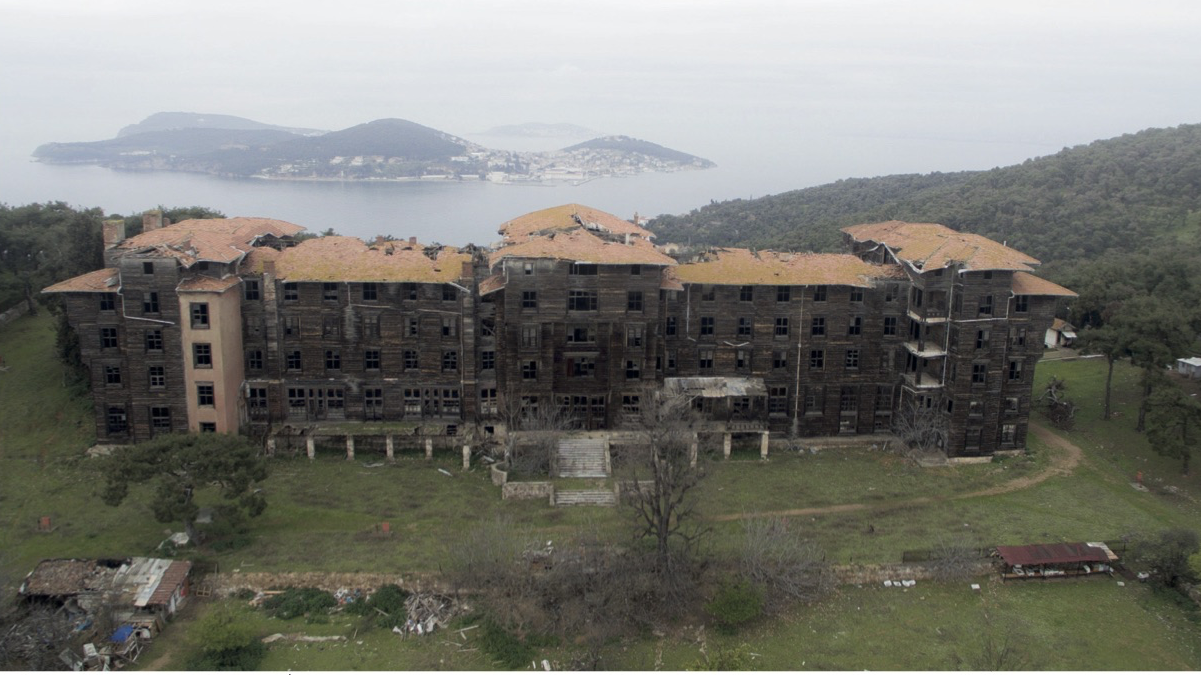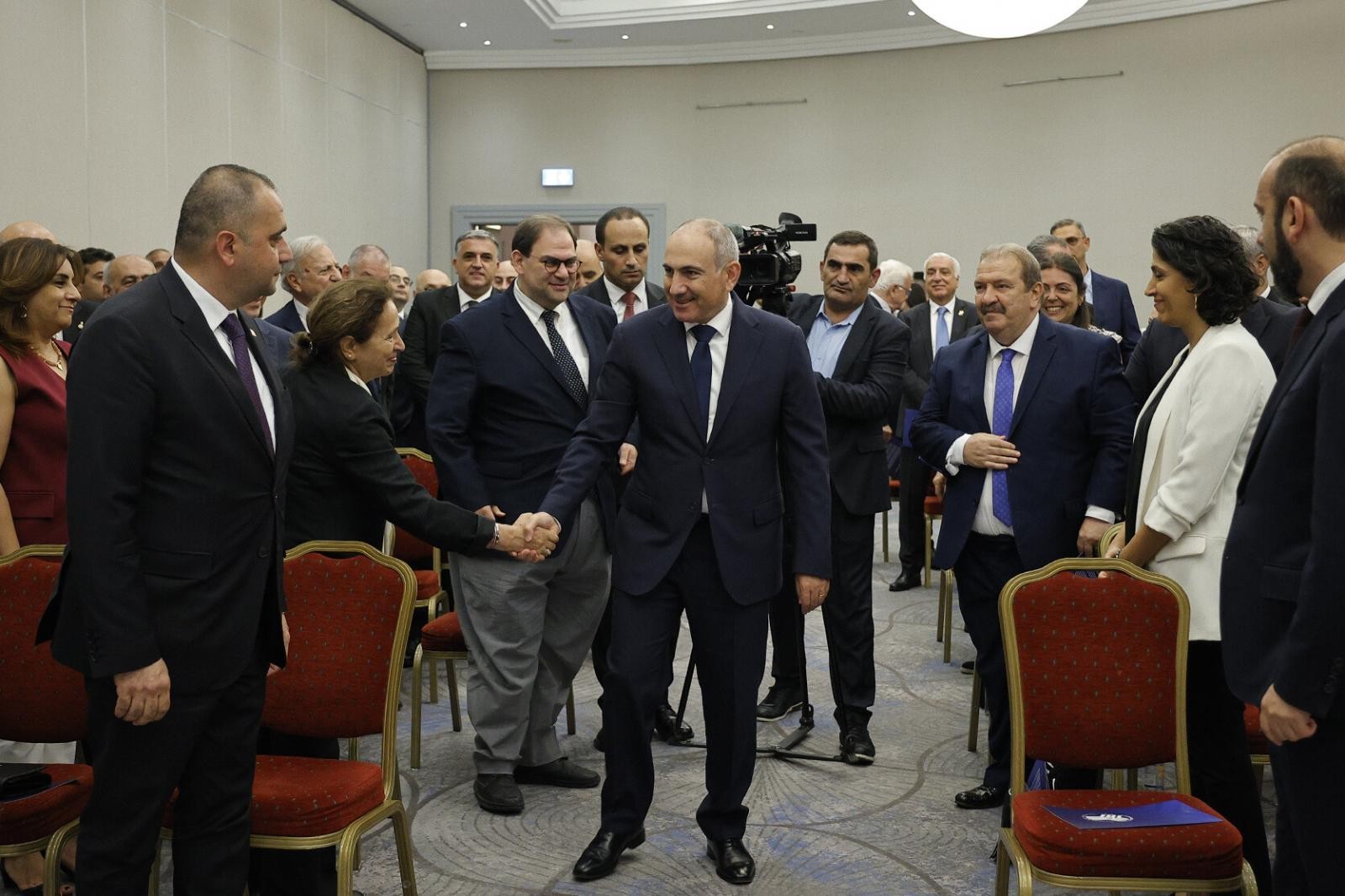After years of legal battles, efforts to find funding for the renovation of the dilapidated The Pringipos Greek Orphanage (İstanbul-Turkey) , which was returned to the Greek community, have been unsuccessful. The Ecumenical Patriarchate decided to “take the necessary steps to develop tourism activities.” Laki Vingas, who has been working for years to find resources, said in a statement to Agos, “It is impossible for such a large building to survive without a source of income. The Patriarchate had to make a rational decision,” and emphasized that there was no political intervention.
The Ecumenical Patriarchate issued a statement regarding the restoration of the Greek Orphanage on Büyükada, which has been in a state of disrepair for years. The orphanage, the largest wooden structure in Europe and the second largest in the world, has been closed since 1964 and is in danger of demolition. In 2018, the Greek Orphanage on Büyükada Island was included in the list of “Europe's 12 Endangered Cultural Heritage Sites” by Europa Nostra and the European Investment Bank Institute. Workshops were held with a committee of architects and engineers, and with the support of BİMTAŞ, affiliated with the Istanbul Metropolitan Municipality, all the survey and restoration projects for the building were completed. However, financial resources for the restoration of the orphanage building could not be found.
The Patriarchate's statement said, “Unfortunately, many attempts to find funding for the restoration of the orphanage complex have been unsuccessful,” and it was stated that “His Holiness the Patriarch and the members of the Holy Synod unanimously decided to take the necessary steps to develop tourism activities that are in line with the architectural and social character of the island, with respect for the environment and in accordance with ecological building standards.”
Details in the technical report
In the technical report prepared by Europa Nostra in 2019, it was stated that the restoration of the orphanage could be completed within 4-5 years, with a cost of up to 40 million euros.
The report stated, “Due to the numerous uncertainties surrounding the project, it is currently impossible to identify definitive sources that could mobilize the necessary investment funds. Therefore, exploring various global opportunities (including donations, grants, loans, and other financial instruments) to secure long-term financing for the project will be a priority challenge for the property owner.”
“It cannot survive without income”
Speaking to Agos following the Ecumenical Patriarchate's statement, Laki Vingas reiterated that the search for funding had been unsuccessful. Vingas emphasized that the orphanage building could not survive without a source of income, saying, “No one wants to take on such a huge burden.”
Vingas said:
“There is a serious problem with functionality. A function needs to be created for such a large building. Therefore, we conducted a functionality study, and it is impossible for such a large building to survive without a source of income. Funds have been sought for the orphanage building since the 1960s. We read about this in Greek newspapers, and calls have been made regarding the damage. So, a new function needed to be found for 60 years. Seeing that these efforts have been fruitless, we needed to find a solution with respect for the building’s history, past, spirituality, and today’s Istanbul. We commissioned a professional company to conduct a functional study. One of the outcomes was tourism. This decision was made. If the function is not determined, no one will give you money. ‘Let's spend a lot of money on a big building and then you determine its function.’ No one approaches such a thing anymore. We need to think rationally."
“There was no political intervention”
Vingas, who stated that the decision regarding the building was made entirely by the Patriarchate, emphasized that there was no political intervention and said the following:
“People see the decision as political. It has nothing to do with politics. There is no political perception or intervention. It was entirely within the framework of our own initiatives. I also feel the pain of leaving such a great heritage in Istanbul in this way. I have been involved in this work for years, but we have not been able to make any progress. We have done some good things, and projects have been approved. The survey work was done on time. The building is falling apart every day. Just putting a roof on it would cost millions of dollars. We’re not talking about small amounts of money here. It’s not an easy investment in today’s economic climate.”
In 2019, it was stated that the renovation of the orphanage building could cost 40 million euros. Vingas said that the figure would continue to rise in today's economic climate, adding, “40 million euros is now 70 million euros. When it comes to implementation, the figure will increase even more.”
Laki Vingas stated that they will continue with a new expert committee, saying, “I respect everyone’s stance and differing opinions. But if we cannot move forward, the Patriarchate will have to make a more rational decision. We will reach a quick conclusion with the new committee. We have a path ahead of us, and it is not an easy one.”
The Büyükada Greek Orphanage was built in 1898 by French architect Alexander Vallaury. In the early 1900s, it was purchased by Eleni Zarifi on the condition that it be used as an orphanage and donated to the Ecumenical Patriarchate. The orphanage, consisting of 206 rooms, was closed in 1964 for political reasons. After the General Directorate of Foundations seized the property in 1997, the Ecumenical Patriarchate, unable to obtain a result from the judicial process in Turkey, applied to the European Court of Human Rights (ECHR) in 2005 for the return of the orphanage. The building was returned to the Patriarchate in accordance with the 2009 decisions of the ECHR and the Adalar Civil Court of First Instance. In 2018, the building was included in the “7 Endangered Cultural Heritage Sites in Europe” program by Europa Nostra and the European Investment Bank.





